Renowned globally as a coastal drive in Victoria, Australia, Great Ocean Road is distinguished for its beautiful natural sceneries and iconic shores. On this scenic route covering 240 kilometres, visitors can see the Southern Ocean, rising forests, and steep cliffs. However, it has increasingly gained population since the urgent need for sustainable management and conservation has come to the limelight than ever before. This essay provides knowledge on eco-tourism initiatives as well as conservational efforts around the Great Ocean Road which aim at preserving its natural habitat for positive environmental impacts and improved visitor experiences.
Conservation Efforts on the Great Ocean Road
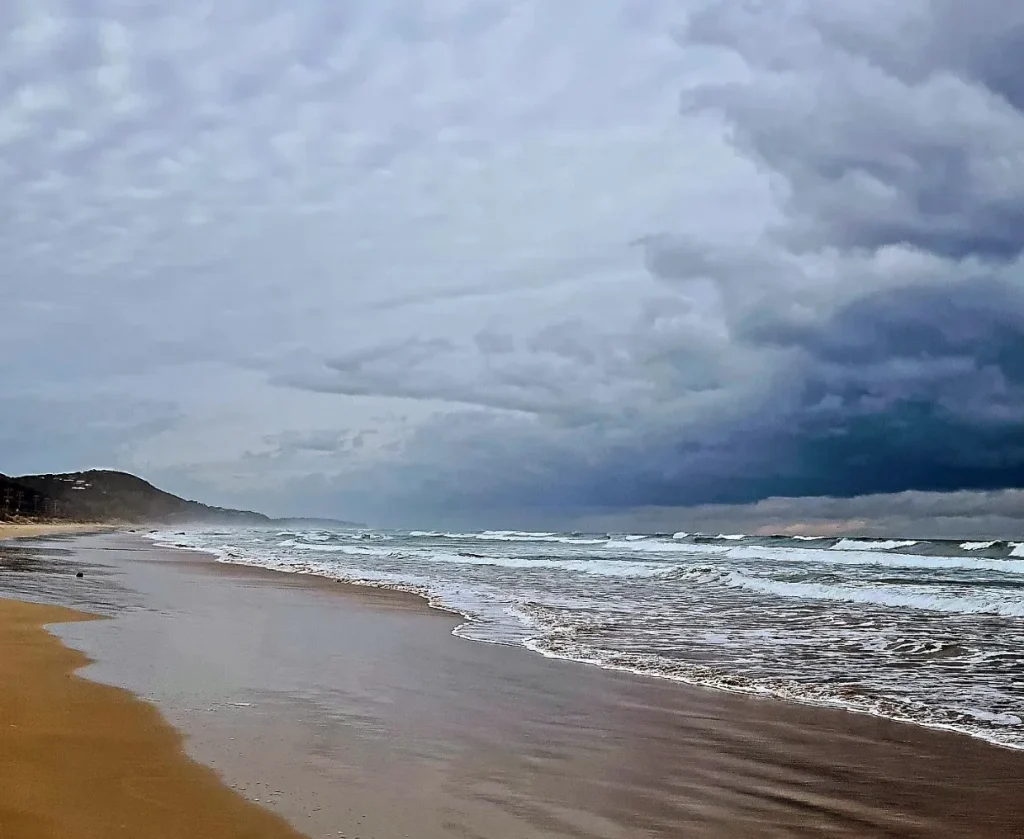
Preserving wildlife diversity and marine environments characterize the conservation of the Great Ocean Road’s natural habitat. Friends of Queens Park and Birdlife Australia are some of the local organizations that manage programs aimed at enhancing habitat restoration so as to reduce habitat degradation while protecting natural resources in that locality. They include conservancy programs, eroding coastlines or shores, tree planting projects within coastal reserves with respect to environmental protection goals in this area.
Traditional Owners and Cultural Values
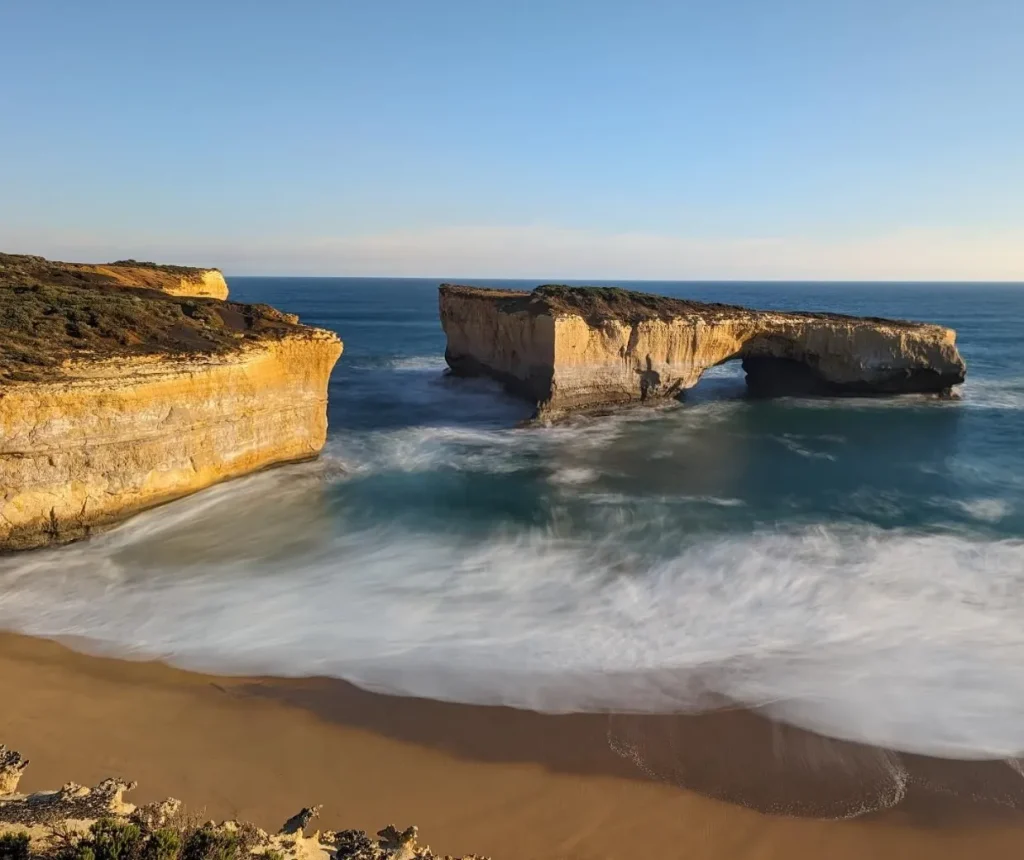
Knowledge of cultural values by Traditional Owners is important for any conservation efforts. Indigenous culture is incorporated into modern-day conservation strategies through their deep indigenous roots found on land plus sustainable practices based on land use principles of these people. For example, this means developing partnership between Traditional Owners and other land managers for mutual respect between cultural heritage protection roles and environmental needs that have been identified.
Parks Authority and Management
The main Parks Authority responsible for managing public lands along Great Ocean Road is Parks Victoria which plays a crucial role in terms of overseeing environment conservation & sustainable tourism practices in it. Parks Victoria works together with management committees under Jodie Sizer, who is Chairwoman of The Great Ocean Road Coast Committee & Destination Management Coordinator. She guides how they keep up with intactness environment-wise as an area manager (Sizer). In order to address the degradation of habitats as well as ensure the tourism industry does not harm the environment of Great Ocean Road, 2017).
Economic and Business Development
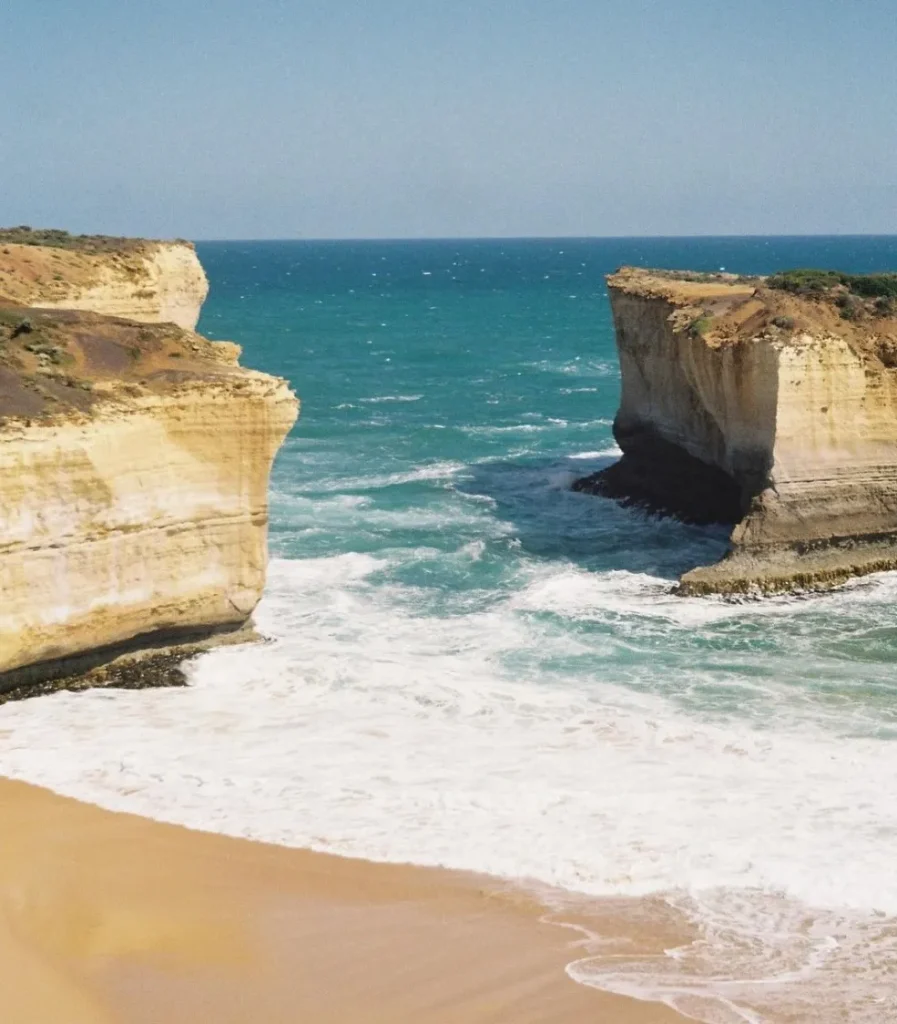
Sustainable practices on the Great Ocean Road are connected to economic development. This is done by promoting eco-destinations and offering support to businesses that are conscious about the environment as a means to balance economic growth with conservation. From an environmental management standpoint that is aligned with community ideals it is important from a tourism perspective that this focus in on improving community infrastructure, while implementing green building practices for example.
Sustainable Development Initiatives
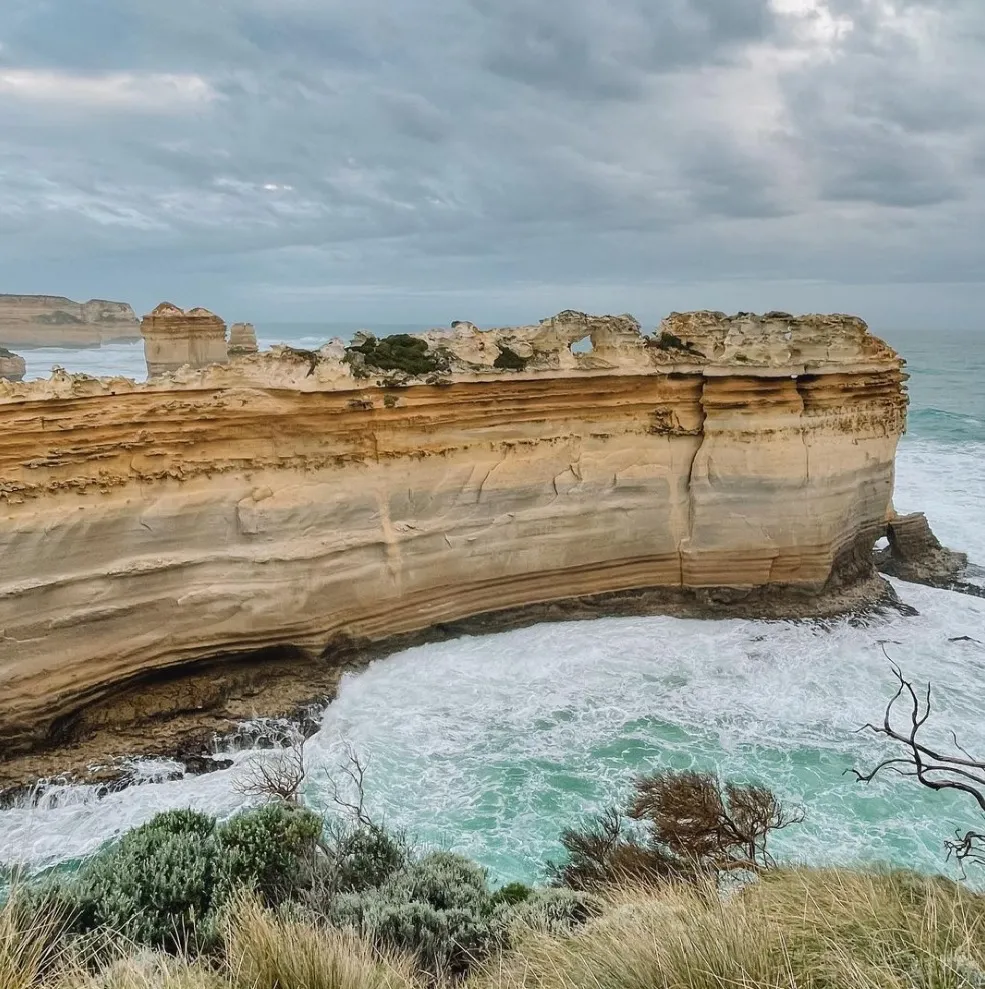
Tourism development, which minimizes environmental impact but at the same time supports local economies, guides sustainable development at The Great Ocean Road. For instance, there should be an emphasis on the quality of nature-based tourism experiences like environmentally friendly food and wine as well as infrastructure that promotes integration with nature. “Green the Coast” programs can concentrate on the reduction of waste and conservation of resources and encourage sustainable visitation through education for ocean users.
Eco-Friendly Accommodations and Dining

The Great Ocean Road has ecotourism accommodations where visitors can enjoy eco-friendly accommodation as well as delicious meals that are prepared using organic ingredients. There are many ecotourism parks as well as caravan parks in this area whereby some have won awards due to their dedication into sustainability. Travelers can find restaurants or cafes serving locally grown foods with organic wines within few miles from their place of residence supporting environment.
Coastal Erosion Mitigation
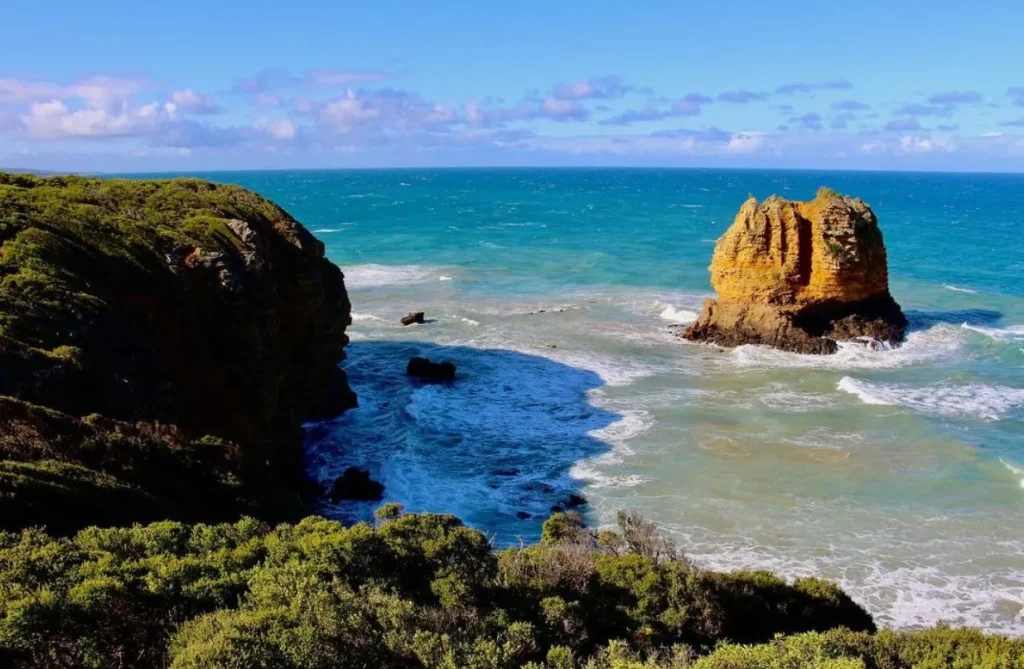
Coastal erosion poses a significant threat to the Great Ocean Road’s landscape setting. The Coastal Monitoring Programaddresses this challenge by implementing measures to protect and stabilize coastal areas. Strategies include installing protective barriers and conducting re-vegetation projects to reduce erosion. These efforts help preserve the region’s forested landscapes and ensure the safety of iconic coastal features.
Addressing Climate Change and Bushfire Risks
Bushfire risks due to climate change in Australia’s bushfire-prone regions have also been highlighted. The Forest Fire Management Victoria is among the organizations that work towards managing and reducing the fire risks that may affect both natural habitats as well as infrastructure. This is crucial in order to protect the environment of Great Ocean Road, and to make sure it stands up against extreme weather conditions.
Eco-Tourism Opportunities on the Great Ocean Road
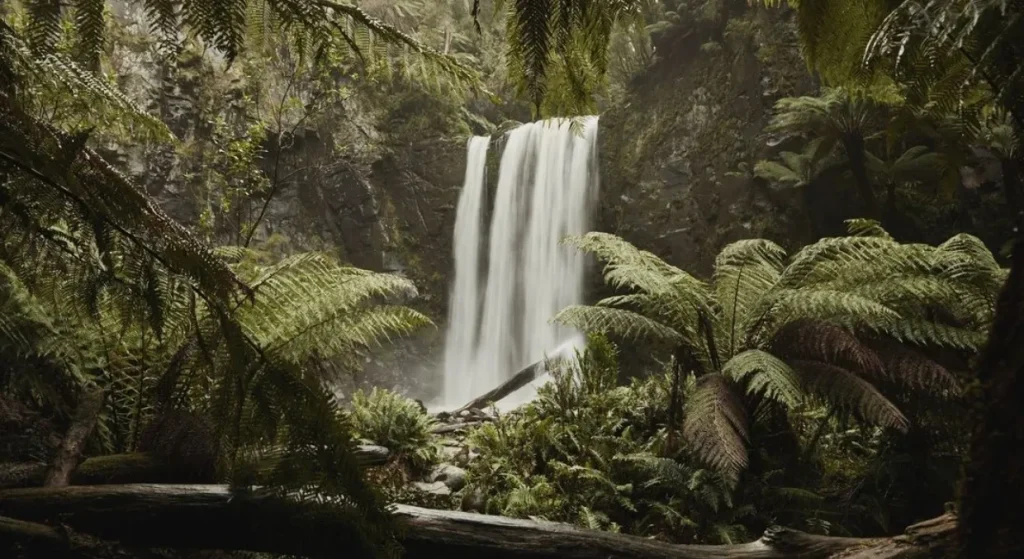
The great ocean road provides a number of opportunities for an immersive nature experience. Good examples are visiting different ecosystems along Surf Coast Walk, going for wildlife tours or being part of community-led conservation projects. Focus on high-quality nature-based tourism products enables tourists to enjoy the beauty of this area while promoting sustainable practices. If you are more into organised tours, we recommend you to join Great Ocean Road day tour, our guides will organise a lot of emotions for you.
The Role of Ecotourism Australia
Tourism operators who meet stringent criteria for sustainability and environmental protection receive accreditation from Ecotourism Australia. For instance, if you want to go bush walking, or visit wildlife parks such as those at Surf Coast Walk, it’s advisable to look out for certified options because they offer guaranteed responsible travel choices. With this certification, eco-friendly practices will be maintained and natural habitat within the vicinity preserved.
FAQ
What type of conservation activities does go on across Great Ocean Road?
These include wildlife preservation efforts, habitat restoration and addressing habitat degradation issues. Through programs that aim at coastal erosion mitigation, native wildlife protection and integration of Indigenous cultural values with conservation practices.
How does Parks Victoria manage the Great Ocean Road?
Management of public land along The Great Ocean Road is done by Parks Victoria through committees of management (COM) collaboration with fellow land managers. Their responsibilities include implementing conservation strategies, managing infrastructure development and ensuring sustainable tourism practices.
What are some key sustainable development initiatives along The Great Ocean Road?
There are a number including eco destinations promotion; supporting local businesses with environmentally friendly solutions and developing low impact infrastructure. One of such programs is ‘Green the coast’ which aims at reducing waste and conserving resources.
How is coastal erosion being addressed on the Great Ocean Road?
The Coastal Monitoring Program is used to manage coastal erosion through barriers and re-vegetation projects. These are some of the measures that aid in stabilizing the coastline areas so as to retain it as part of the region’s overall landscape setting.
What is The significance of Ecotourism Australia Certification?
The certification shows that tourism operators adhere to certain standards in relation to environmental and sustainability practices. This will contribute in boosting conservation efforts through certified players who offer immersive ecotourism experiences that help in preserving natural habitat along The Great Ocean Road.
